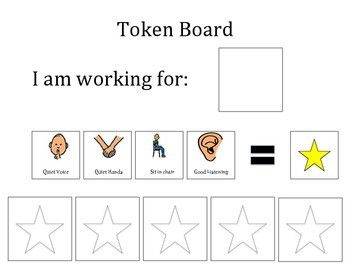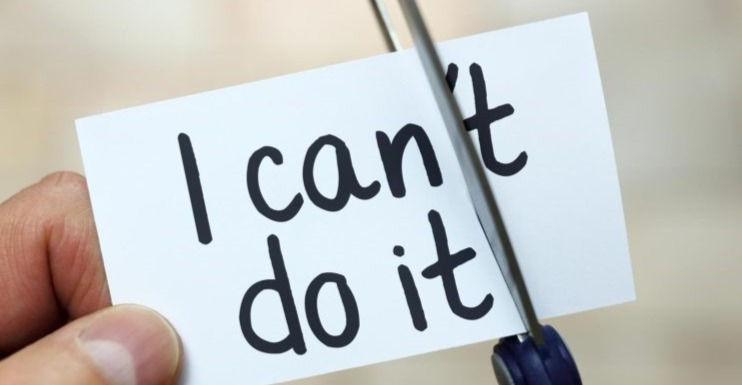HAVING A HARD TIME HOME SCHOOLING? I GOT YOU!
- nourazein
- Sep 22, 2020
- 3 min read
Updated: Sep 25, 2020
Here’s a technique that could help you promote positive behavior in your child, which of course, allows him to concentrate and engage more.
In fact, there are different methods of teaching your child and installing good habits and behaviors. However, one of the most powerful and effective method that you’re probably at least somewhat familiar with is: Positive Reinforcement
SO, What Is Positive Reinforcement?

Positive reinforcement refers to the introduction of a desirable or pleasant stimulus after a behavior. The desirable stimulus reinforces the behavior, making it more likely to reoccur.
It’s a positive parenting method used for a variety of purposes and in a wide range of contexts, as it capitalizes on the good behaviors that are already being displayed, rewarding the natural tendencies towards good behavior in your child.
ECONOMY OF TOKEN! WHAT IS IT?

It is a behavior change system with 3 components:
- A specific list of target behaviors
- Tokens / points that your child receives by issuing the target behaviors
- A choice of reinforcers (items, activities, privileges, ...) that your child obtains by exchanging the points earned
Note: Tokens are generalized conditioned reinforcers.
HOW TO ELABORATE TOKEN ECONOMY?
1. Select tokens
• Tangible symbols given immediately after the target period or behavior and exchangeable
• They must be secure, durable, inexpensive, easy to transport, store, accumulate. Ex: buttons, √, poker chips, coupons, good points..
2. Identify target behaviors and rules
• Observable, measurable behaviors, clear criteria
• Start with few behaviors
• Include behaviors that are easy to achieve
3. Select a choice of reinforcers
• Most of the time, we can use activities and events that occur naturally (ex: access to play)
• They can also be programmed (ex: magazines, music, etc.)
• Evaluate preferences first (menu can change every day)

IMPORTANT
Changing the level after reaching a criterion:
- By increasing the level, your child has access to more privileges and more independence is expected from him
- Shaping behavior from one level to another
Ex: if the performance is better than the previous session, next level: more desirable reinforcers

SOME TIPS
• The established contract must be respected and must provide, from the outset, the criteria used for reassessments.
• Each time one of these behaviors appear, you give your child a token. The collected tokens are then exchanged for reinforcers according to a scale which is also established with the child from the beginning.
• The scale can vary gradually, depending, for example, on the time of presence of the behavior which is rewarded by the token (very short at the beginning, this duration will be lengthened thereafter each time the child will reach a threshold).
• The advantages of such a procedure lie in its ease of use, the immediacy of the reinforcement which does not interfere excessively with the activity in progress (for example doing some homework)
• The token economy can be used initially to increase the rate of issuance of attentive behaviors by ensuring that the criteria for obtaining tokens are re-evaluated on a regular basis.
• Whenever possible, the use of social reinforcers is essential to encourage independence.
• It is necessary to ensure that the child has grasped the principle of saving tokens and converting tokens into reinforcers.
Finally,
A variant consists in removing reinforcers previously gained from the child, following the emission of undesirable behavior at a fixed rate. This is the response cost.
In this case, you initially give a certain number of tokens and decrease that number, which is equivalent to negative reinforcement.
Token economy can be associated to the response cost in some cases.
Noura Zein
Psychomotor therapist









Comments